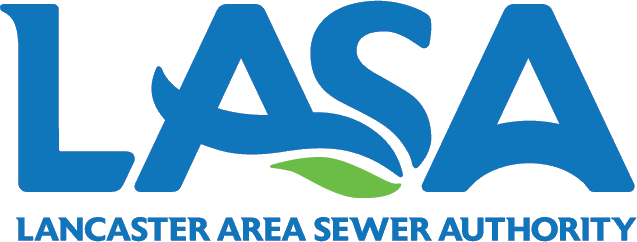Susquehanna River/Chesapeake Bay
Susquehanna River

The Susquehanna River flows 464 miles from its headwaters in Cooperstown, NY to Havre de Grace, MD where it meets the Chesapeake Bay. The river drains 27,510 square miles of land area which includes over 49,000 miles of rivers, streams, creeks and other small tributaries which make up half of the fresh water that flows to the Chesapeake Bay. LASA’s treated effluent from the Susquehanna Water Pollution Control Facility flows into a small tributary before meeting the waters of the Susquehanna. LASA realizes the many benefits of this water resource and is committed to its protection.
Chesapeake Bay

In response to the declining health of the Chesapeake Bay, the Chesapeake 2000 Agreement between the Commonwealth of Pennsylvania, the Commonwealth of Virginia, the State of Maryland, the District of Columbia, the U.S. Environmental Protection Agency (EPA), and the Chesapeake Bay Commission was agreed upon.
The goal of this Agreement is to achieve and maintain the water quality necessary to support the aquatic resources of the Bay and its tributaries and to protect human health. A component of this goal is to reduce the amount of nitrogen, phosphorus and sediment entering the Bay to such a level as to remove it from the EPA’s list of impaired waterways. Reducing the amount of these parameters from entering the Bay’s waters is critical to maintaining healthy fish, plants, shellfish, and waterfowl.
In order to comply with this initiative, the PA DEP is placing loading (mass) limits on wastewater treatment plants for their discharge of nitrogen and phosphorus. LASA’s current National Pollutant Discharge Elimination System (NPDES) Permit includes mass limits for nitrogen and phosphorus that became effective on October 1, 2010.
In an effort to comply with these limits, LASA and its consulting engineer investigated several treatment technologies that would achieve compliance. After a thorough review process, the consensus decision was to utilize the Modified Ludzack-Ettinger (MLE) process for biological nutrient removal (BNR) and utilize chemical addition as a means to reduce phosphorus levels. By using this process, LASA was able to use a great deal of existing infrastructure, significantly reducing the cost of construction. Construction on the project started in November 2006, and the process was completed and put on-line in May 2007. LASA has significantly reduced its discharge of nitrogen and phosphorus to the Susquehanna River and subsequently the Chesapeake Bay. With projected state-wide implementation costs for compliance with these new regulations estimated at $620 Million, LASA has found an economical way to comply with current regulations, while maintaining a stable rate structure for its customers.
In order to further reduce the amount of nitrogen discharged from the Susquehanna Water Pollution Control Facility, LASA has begun a project to expand and upgrade the plant. As part of this project, the BNR system at the plant will be expanded by two thirds. As a result, the amount of nitrogen discharged will be lowered even further throughout the year. Existing process equipment will also be upgraded, extending its lifespan and improving its effectiveness.
